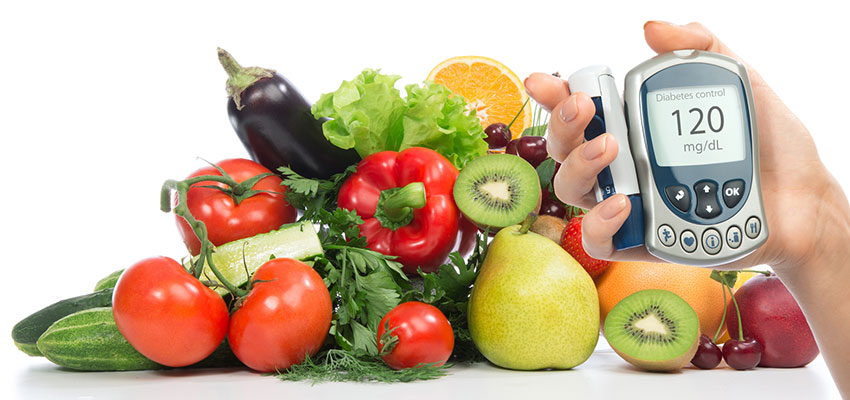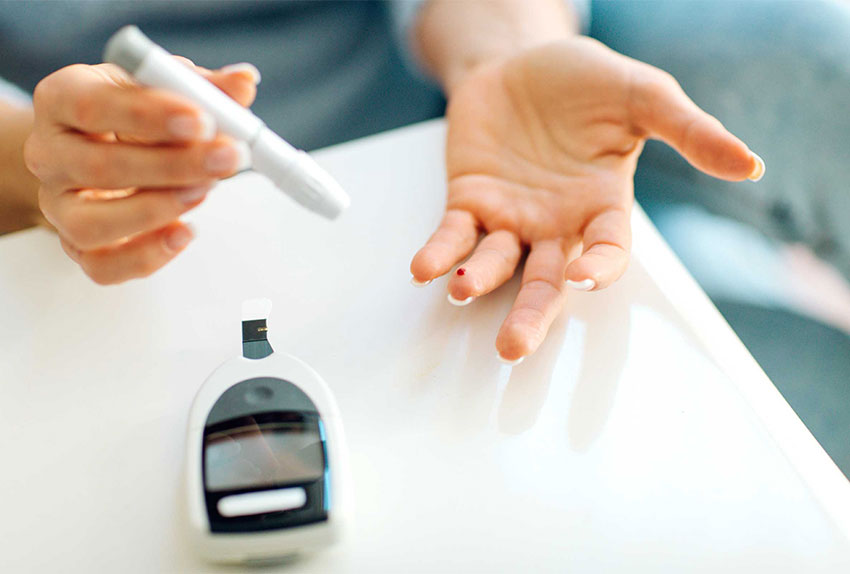Salt therapy – All you need to know
- 24 Feb - 01 Mar, 2024

Sudden numbness in body parts, abnormal increase in hunger, blurry vision, frequent urination and dry mouth, these are few symptoms that indicate one being led towards a chronic disease – diabetes – which is also referred to as diabetes mellitus by doctors. Diabetes is the fastest growing disease in the world today. It functions as a silent killer inside one’s body and slowly weakens substantial organs. One in two individuals remain undiagnosed with diabetes due to lack of awareness which eventually causes organ disability such as blindness, kidney failure, cardiovascular diseases, and in some cases premature death.
The food we eat turns into sugar or glucose that gives us energy, while pancreas – an organ near the stomach – release hormones called insulin which helps the sugar to get into the body cells, but in diabetes pancreas does not release enough insulin and it becomes insufficient for the body, causing an abnormal increase of sugar (glucose) level in blood which leads towards the metabolic disease.
Generally, there are three types of diabetes: in type 1, pancreas is unable to produce enough insulin, and nearly 10 per cent of people fall under this category. Healthy eating, daily exercise and proper intake of insulin can help them lead a normal life. In type 2, pancreas need to produce insulin more than it does normally, and around 90 per cent of people face this condition. They should eat healthy, exercise, and check their sugar level regularly. The treatment also includes taking certain oral medication as prescribed by the doctor. The third type is common in pregnant women. It is also known as gestational diabetes. During pregnancy, some women have high level of glucose in their blood and their bodies are unable to produce ample amount of insulin to transport the glucose into the body muscles. This can be controlled through proper diet, exercise and prescribed medicine. Gestational diabetes is generally found in 20 per cent of pregnant women. According to a recent study, scientists from National Institute of Health and Harvard University have found out that women who consume diets with high amount of animal fat and cholesterol before getting pregnant are moreat a risk of gestational diabetes as compared to women who avoid such diets.

Diabetic patients should eat wisely. One does not need to starve, in fact, it is important to eat every four to six hours in order to keep sugar levels stable. They should eat foods that are rich in nutrients like protein, fibre and carbohydrates. When it comes to carbohydrates, one should be very careful about choosing the right amount of carbohydrates in their meal. Green, leafy vegetables like broccoli, cauliflower, asparagus, okra and bitter ground are rich in fibre. There is also a type of fibre called soluble fibre, which is very helpful in balancing one’s sugar level. It can easily breakdown into glucose and absorb in blood much faster than other kinds of food. Proteins are also a good option; according to a study conducted by the American Diabetes Association (ADA), the thin protein, which is low in saturated fat, is excellent for diabetic patients and can be found in fish and turkey. Grains, legumes, fruits and nuts are also very beneficial for diabetic patients.
Every year, World Diabetes Day (WDD) is celebrated on the 14th of November throughout the world in order to spread awareness about this metabolic disease. To do so, different themed activities, campaigns and programs are arranged by the International Diabetes Foundation (IDF) around the globe. The date is also marked as the birthday of Frederick Banting, the man who discovered insulin back in 1922 alongside Charles Best. A blue circle is a global symbol for the diabetes community. In 2016, WDD’s theme was ‘Eyes on Diabetes’ and this year it had a special theme ‘Women and diabetes’. It is a fact that one in 10 women is living with diabetes – unaware and undiagnosed, and if we talk about Pakistan, its rate may be high since women always neglect their health due to lack of knowledge. Therefore, let us pledge to visit the camps and take part in the activities of WDD to mark ourselves diabetes free. •
COMMENTS